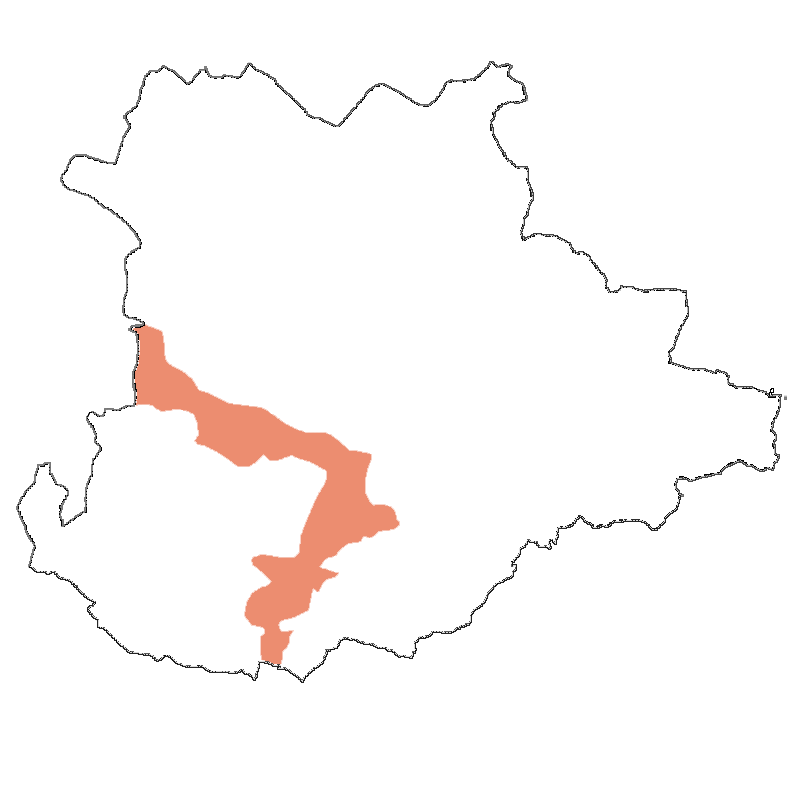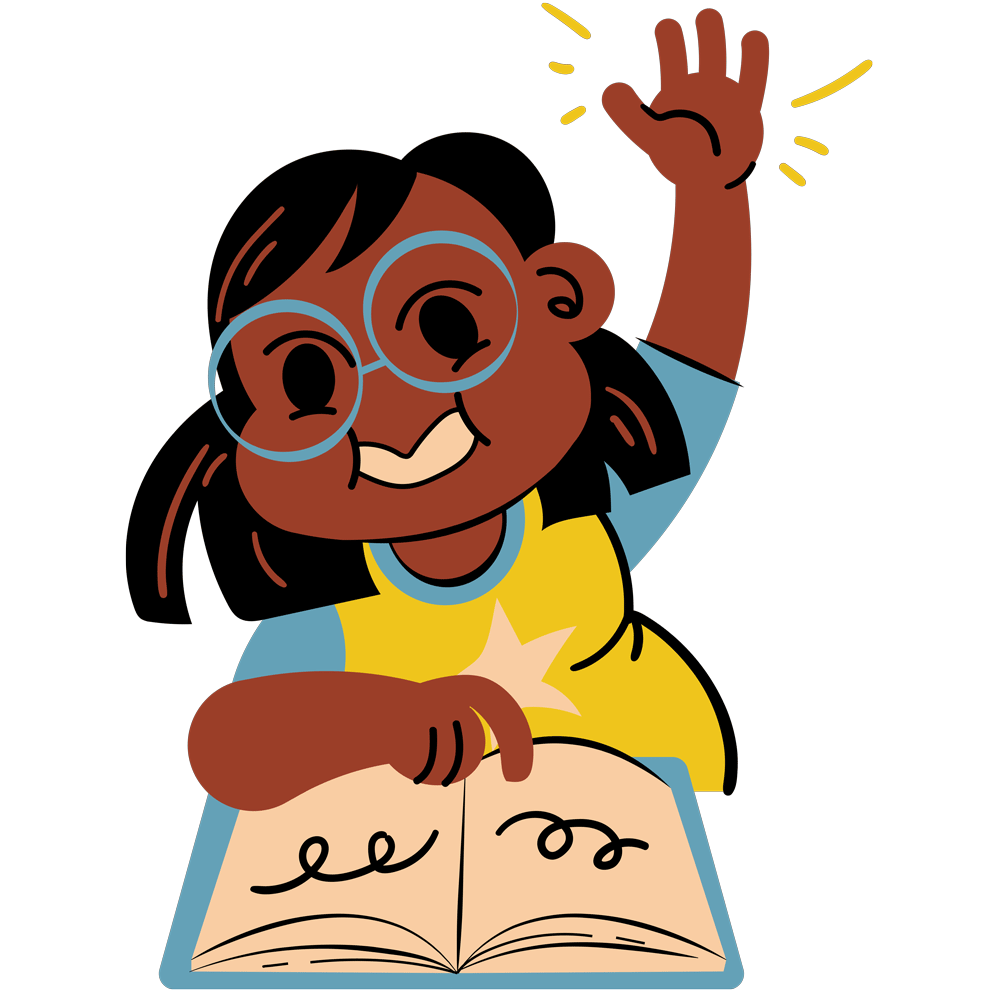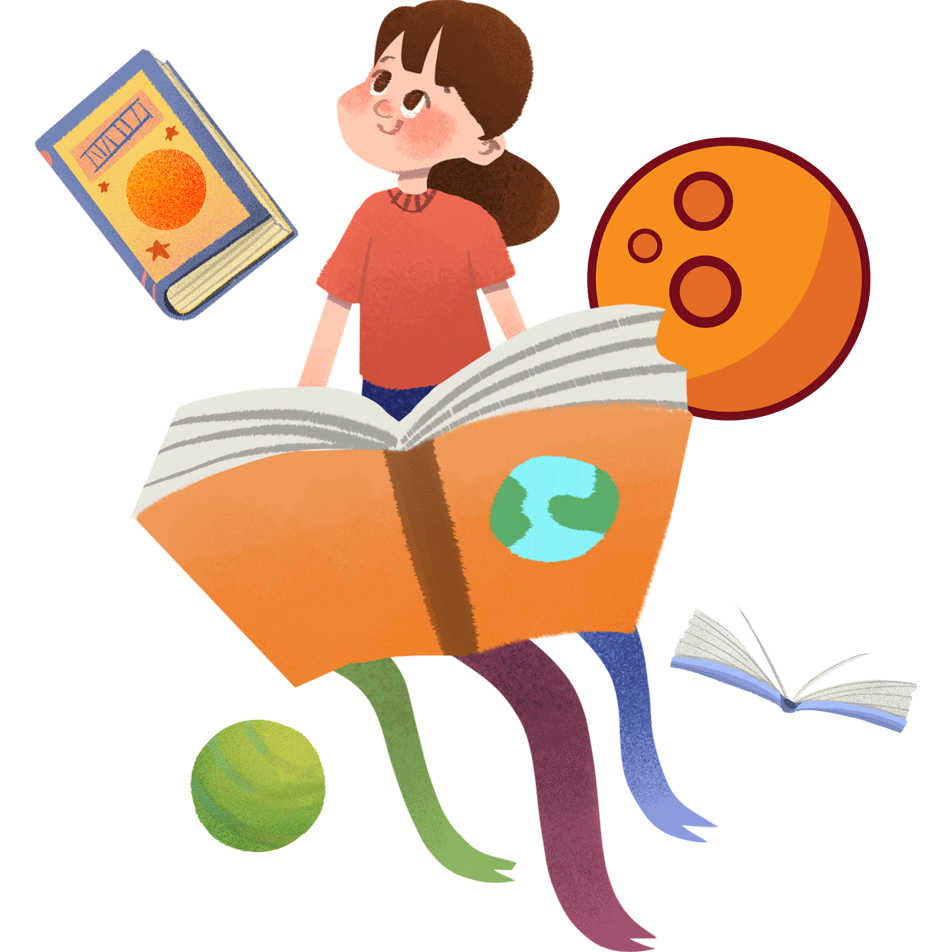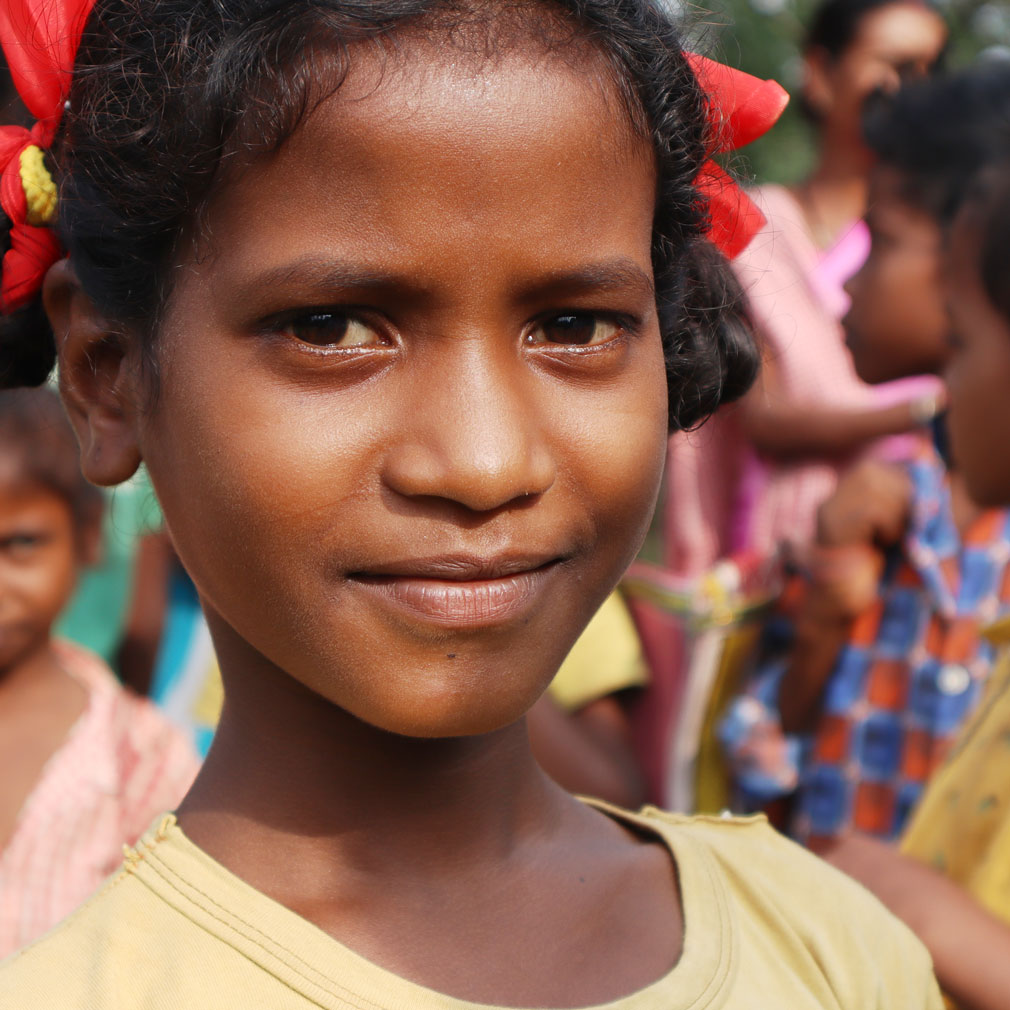
 Dhenkanal
Dhenkanal Dil Se Open Project is funded by Axis Bank through Tata Steel Foundation.



The LEARNING vertical is specially designed to:
The GOVERNANCE vertical aims to build ownership of communities in the education agenda through

Logo: Professor Amit Sheth
Website Design: Milanth Gautham